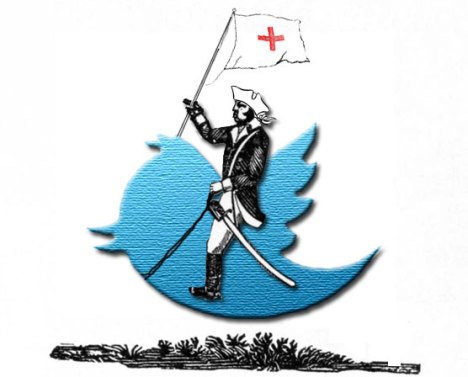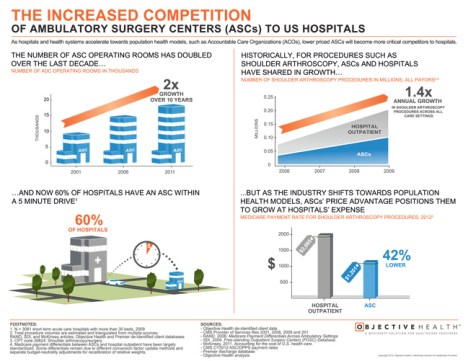
Exploring Solutions to the College Tuition Bubble
By Rick Kahler MS CFP® ChFC CCIM www.KahlerFinancial.com
 My daughter is a high-school sophomore, so any essay on the cost of college is uncomfortably personal for me.
My daughter is a high-school sophomore, so any essay on the cost of college is uncomfortably personal for me.
Nevertheless, let’s take a look at some possible solutions to the problem of high college costs.
Some Possible Solutions to the High Cost of College
1. Don’t just hope for scholarships, pursue them.
The most important college-saving strategy a student can have may be focusing on getting top grades in high school in order to qualify for scholarships. Even straight-A students, however, shouldn’t sit passively and wait for scholarship offers to roll in.
Instead, actively go after them. Research online and through your high school to find out what is available. Many organizations, individuals, and institutions offer small, specialized scholarships. Most of these are only a few hundred dollars, but they are well worth trying for. Surprisingly often, there are few applicants for these awards because people don’t take the time to research them and apply. One warning: don’t pay a service to find scholarships. Even if a so-called agency isn’t a scam, the service is unnecessary since the information is readily available.
2. Explore career options early.
Volunteering, summer jobs, internships, and shadowing programs are all valuable ways to find out more about careers a student might be interested in. I know my first job, cleaning cages at a veterinarian’s office, was enough to prove to me that animal medicine wasn’t my career niche. If schools don’t offer career shadowing opportunities, many professionals would be glad to let a student follow them around for a day or two. It’s important to make sure students are interested in the career a given degree prepares them for, not just the subject area of the degree itself.
3. Summer jobs.
If your children have summer jobs, require them to save half their earnings for college. Be wary of letting kids overdo it with part-time jobs during the school year. If their grades and scholarship opportunities suffer as a result, the job may cost more than it’s worth in the long term.
4. Shop for value.
Find out whether neighboring states offer reciprocal in-state tuition rates. Compare tuition costs, fees, housing and travel costs, class sizes, and career placement numbers. Don’t just assume a big-name school offers more opportunities. Depending on the career field, a degree from a state institution may be a far better value than one from an Ivy League school.
5. Two or Four years.
Remember that “higher education” doesn’t have to mean “four-year college”. Don’t overlook other options such as vocational schools or apprenticeship programs. Careers such as massage therapy, welding, and medical technology can pay very well without requiring a four-year degree. Compare values here, as well. Some for-profit technical schools can be more expensive than state universities. Also investigate jobs in high-demand fields that may offer on-the-job training or tuition reimbursement.
6. Postpone college.
Consider encouraging your kids to work for a year or two and postpone college until they know what their career goals are. The risk with this approach, of course, is that they may end up not going to college at all.
7. Plan.
Have a five-year plan, or even six or seven. There’s no rule that says a student has to graduate in four years. One option is to “pay as you go” as much as possible by taking fewer classes and working part-time or even full-time. Even if it takes longer, graduating with much less debt can still mean starting out ahead.

Assessment
Although some of the ideas above may be anathema to some highly educated and well-heeled doctors, lawyers and accountants, we all realize that education certainly is an important way to invest in higher earnings and career success. Planning ahead and doing plenty of homework before classes start is a good way to make sure that investment is a wise one.
Conclusion
Your thoughts and comments on this ME-P are appreciated. Feel free to review our top-left column, and top-right sidebar materials, links, URLs and related websites, too. Then, subscribe to the ME-P. It is fast, free and secure.
Link: http://feeds.feedburner.com/HealthcareFinancialsthePostForcxos
Speaker: If you need a moderator or speaker for an upcoming event, Dr. David E. Marcinko; MBA – Publisher-in-Chief of the Medical Executive-Post – is available for seminar or speaking engagements. Contact: MarcinkoAdvisors@msn.com
Our Other Print Books and Related Information Sources:
Health Dictionary Series: http://www.springerpub.com/Search/marcinko
Practice Management: http://www.springerpub.com/product/9780826105752
Physician Financial Planning: http://www.jbpub.com/catalog/0763745790
Medical Risk Management: http://www.jbpub.com/catalog/9780763733421
Hospitals: http://www.crcpress.com/product/isbn/9781439879900
Physician Advisors: www.CertifiedMedicalPlanner.org


Filed under: Financial Planning, Funding Basics, iMBA, Inc. | Tagged: college loans, college tuition costs, Rick Kahler CFP®, Some Ways to Lower the Cost of Higher Education, www.KahlerFinancial.com | 9 Comments »




































































